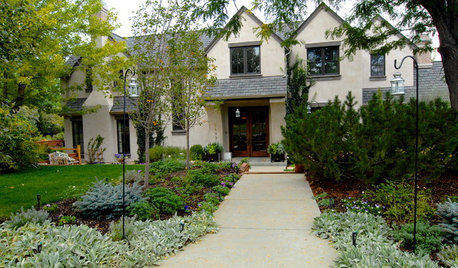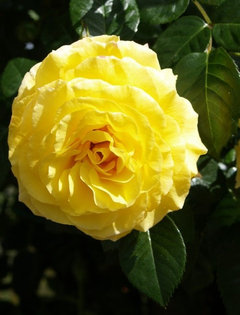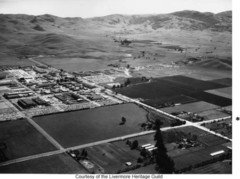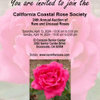Beast of a rose in an empty lot
hiclover
10 years ago
Featured Answer
Comments (21)
catspa_NoCA_Z9_Sunset14
10 years agoroseseek
10 years agoRelated Professionals
Benbrook Landscape Architects & Landscape Designers · Zion Landscape Architects & Landscape Designers · Aurora Landscape Contractors · Bergenfield Landscape Contractors · Biloxi Landscape Contractors · Brandon Landscape Contractors · Plainview Landscape Contractors · Secaucus Landscape Contractors · Westford Landscape Contractors · College Station Swimming Pool Builders · Eastvale Swimming Pool Builders · Berkeley Siding & Exteriors · Five Forks Siding & Exteriors · Milwaukee Siding & Exteriors · Iowa City Siding & Exteriorshiclover
10 years agohiclover
10 years agomendocino_rose
10 years agocatspa_NoCA_Z9_Sunset14
10 years agojerijen
10 years agocatspa_NoCA_Z9_Sunset14
10 years agojerijen
10 years agocatspa_NoCA_Z9_Sunset14
10 years agocatspa_NoCA_Z9_Sunset14
10 years agojerijen
10 years agocatspa_NoCA_Z9_Sunset14
10 years agopaparoseman
10 years agoroseseek
10 years agocatspa_NoCA_Z9_Sunset14
10 years agoroseseek
10 years agoArbutusOmnedo 10/24
10 years agoroseseek
10 years agohiclover
10 years ago
Related Stories

INSPIRING GARDENSFrom Concrete Lot to Gracious Organic Garden in Seattle
Plants, pests and even weeds have a place in this landscape, which offers an edible bounty and a feast for the eyes
Full Story
LIFEHave the Kids Left Home? 16 Things to Consider
‘An empty nest is not an empty heart’ and other wisdom for when the household changes
Full Story
DECORATING STYLES18 Ways to Bring English Country Charm Home
From topiaries and climbing roses to toile and tea, these design ideas can skew cozy casual or manor formal
Full Story
HOUZZ TOURSMy Houzz: European Country Style in Colorado
Defying a challenging lot, height restrictions and a short time frame, a couple builds a stunning home and backyard space for their family
Full Story
GARDENING GUIDESGreat Garden Combo: 3 Wonderful Plants for a Deer-Resistant Screen
Protect your privacy and keep deer at bay with a planting trio that turns a problem garden area into a highlight
Full Story
MOST POPULAR8 Ways to Get a Handle on the Junk Drawer
Don’t sweat the small stuff — give it a few drawers of its own, sorted by type or task
Full Story
KITCHEN DESIGNDisplaying Kitchen Supplies — Hot or Not?
Do some kitchens just beg for a cozy row of canisters and gear for all to see? Have a look and let us know what you think
Full Story
GARDENING GUIDESMake Sure You Read This Before Buying New Plants
Follow these 10 plant-selection tips to avoid buyer’s remorse
Full Story
REMODELING GUIDESDesign Workshop: Is an In-Law Unit Right for Your Property?
ADUs can alleviate suburban sprawl, add rental income for homeowners, create affordable housing and much more
Full Story













catspa_NoCA_Z9_Sunset14